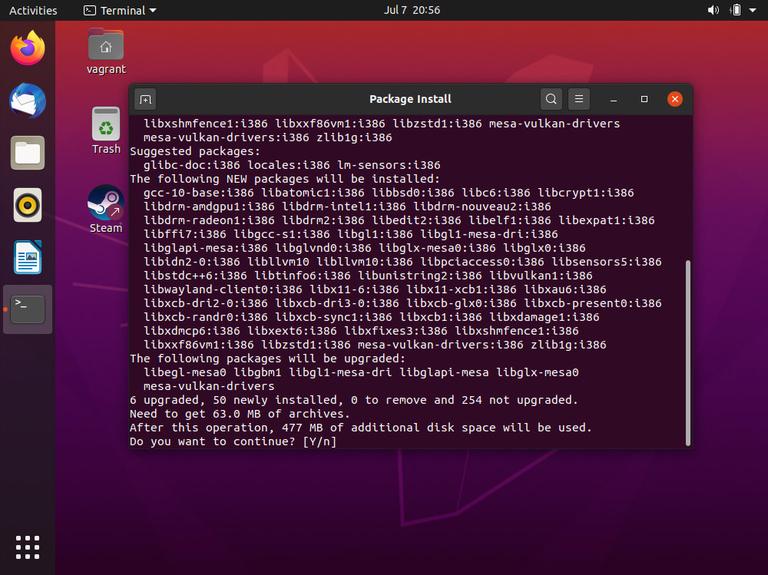

The output should look like this, with a different PID: Outputīefore we begin configuring the new xstartup file, let’s back up the original. When working with VNC servers, remember that :X is a display port that refers to 5900+X.īecause we are going to be changing how the VNC server is configured, we’ll need to first stop the VNC server instance that is running on port 5901. VNC can launch multiple instances on other display ports, like :2, :3, etc. This port is called a display port, and is referred to by VNC as :1. When VNC is first set up, it launches a default server instance on port 5901. The startup script was created when you ran the vncserver in the previous step, but we need modify some of the commands for the Xfce desktop. These commands are located in a configuration file called xstartup in the. Step 2 - Configuring the VNC Serverįirst, we need to tell our VNC server what commands to perform when it starts up. With these packages installed, you are now ready to configure your VNC server. Running vncserver completes the installation of VNC by creating default configuration files and connection information for our server to use. This is a helpful option if you want to demonstrate something to other people using your VNC server, but isn’t necessary.
#OPEN VNC VIEWER IN UBUNTU PASSWORD#
Users who log in with the view-only password will not be able to control the VNC instance with their mouse or keyboard.

You’ll be promoted to enter and verify a password, and also a view-only password. To complete the VNC server’s initial configuration after installation, use the vncserver command to set up a secure password.
#OPEN VNC VIEWER IN UBUNTU INSTALL#
sudo apt install xfce4 xfce4-goodies tightvncserver On your server, install the Xfce and TightVNC packages. Specifically, we will install packages for the latest Xfce desktop environment and the TightVNC package available in the official Ubuntu repository. Server side Ubuntu 16.04 Step 1 - Installing the Desktop Environment and VNC Serverīy default, an Ubuntu 16.04 Droplet does not come with a graphical desktop environment or a VNC server installed, so we’ll begin by installing those.


 0 kommentar(er)
0 kommentar(er)
